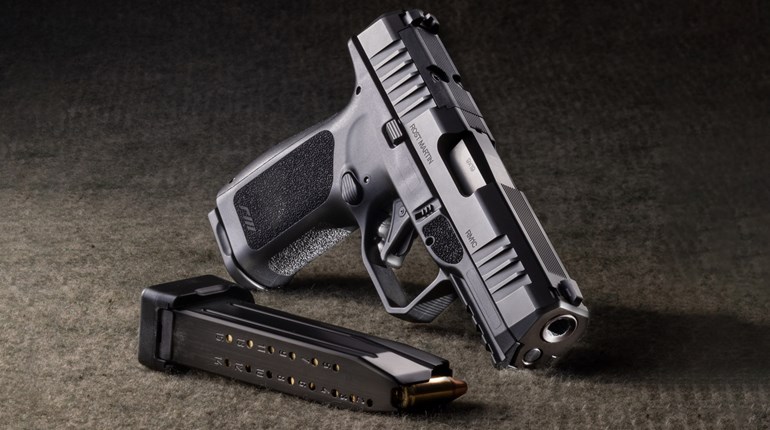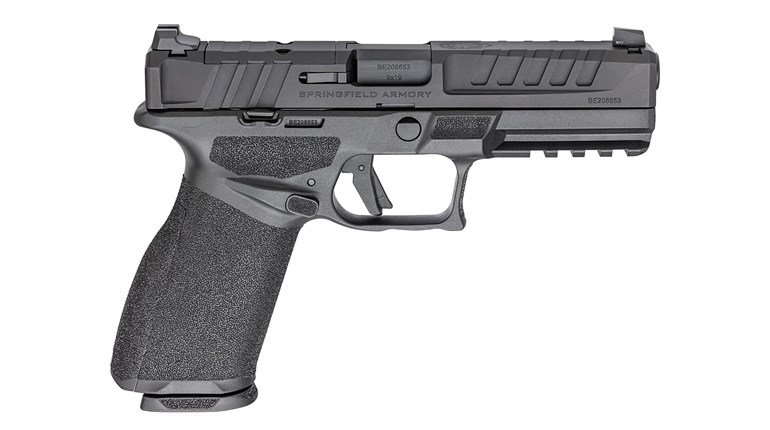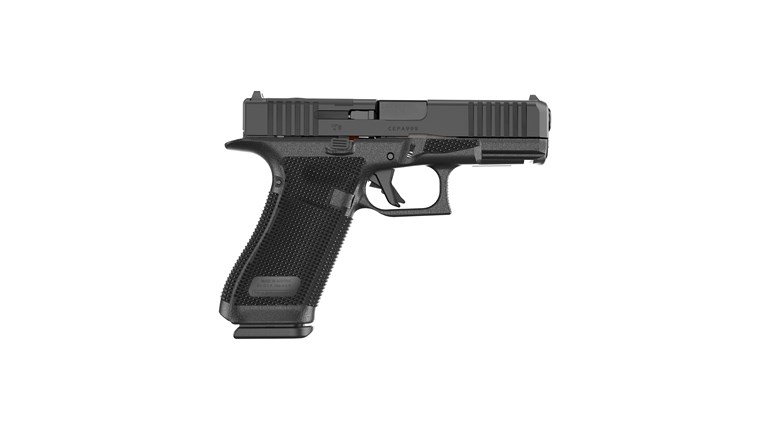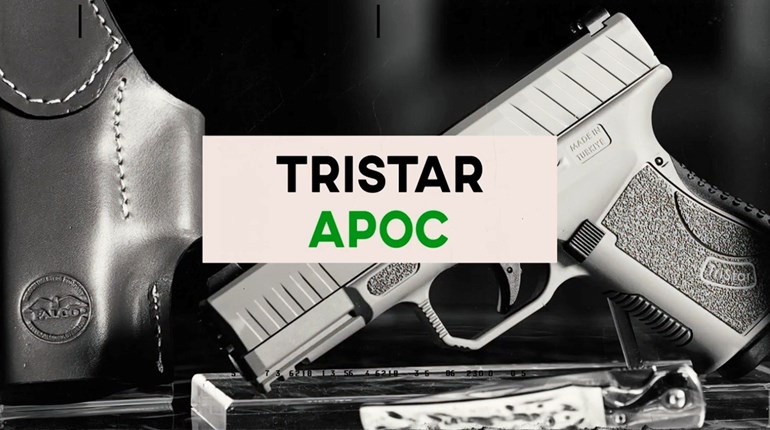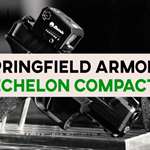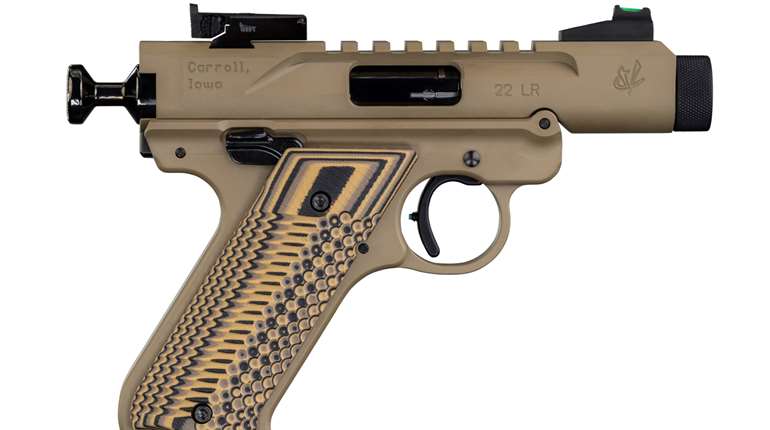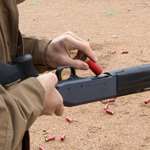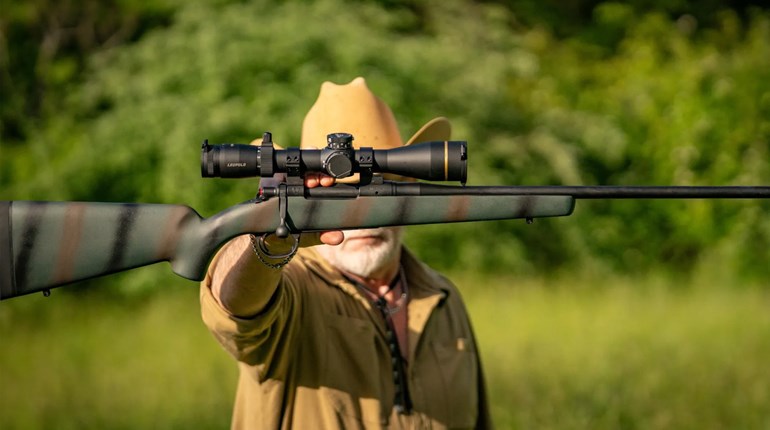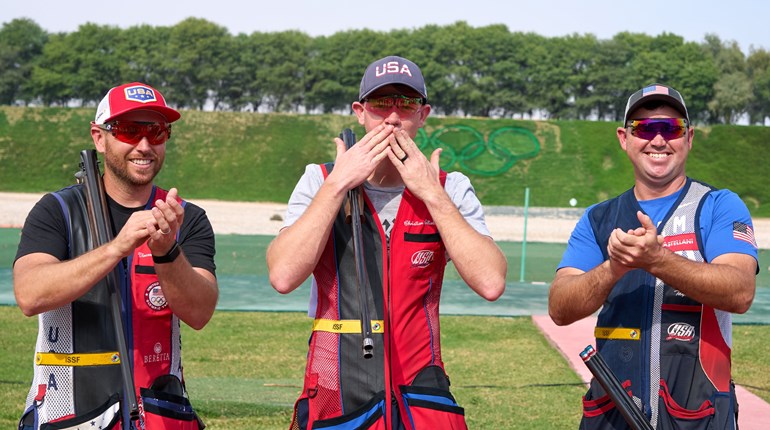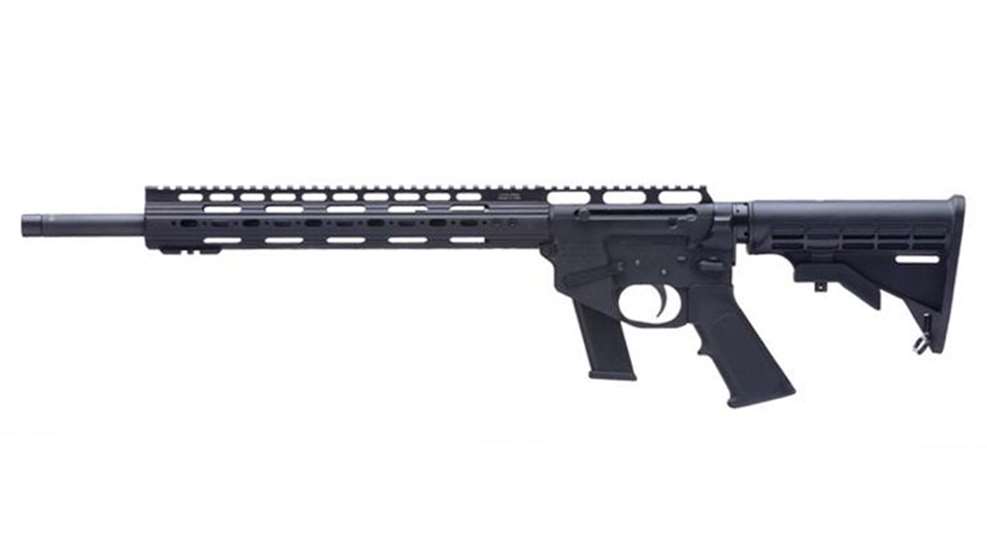
In military and law enforcement circles, the 9 mm submachine gun has gone the way of the revolver—when you see one, it's rare enough that you take notice. Long the staple of SWAT teams and counterterrorism units, guns like the H&K MP-5 and the Colt 635 SMG have been traded for more capable and versatile carbines chambered in 5.56 NATO. But, before we send all of the 9 mm carbines to museums or grind them up for scrap, let's hold on for a second, these things may be useful.
Back in May, I spent five days at Rogers Shooting School in Ellijay, GA, attending the Intermediate/Advanced Handgun and Carbine Course. The class spent many hours shooting close range pneumatic steel targets at blazingly fast speeds to learn Rogers' "reactive shooting" techniques. Though students furnished their own handguns for the course, the carbine portion was shot exclusively with Colt 9 mm carbines furnished by Rogers. At first, I found myself scratching my head wondering why we were going to use pistol-caliber carbines instead of the latest and greatest SpecOps-wannabe guns. Somewhere during the thousand or so rounds I put through the carbine during that course, I figured out why the school hadn't given their Colts away. As I drove home at the end of the week, I made a mental note to order a 9 mm upper for personal use.
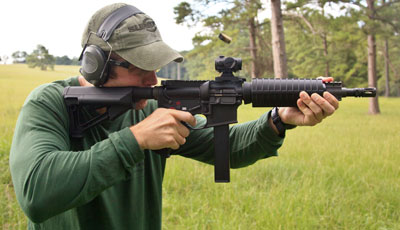
The shortcomings of 9 mm submachine guns that caused them to fall out of favor with guys who kick down doors for a living, are precisely what make them attractive for training use. The relatively low muzzle velocity of the 9x19 mm round means that expensive frangible ammo isn't a necessity when shooting steel plates at close range and there's no substitute for shooting steel when it comes to skill-building. Ammunition with plated bullets doesn't produce dangerous fragments the way FMJ rounds often do and can be used on steel with reasonable precautions. 1,000 rounds of plated 115-grain 9 mm from Georgia Arms retails for $250 while frangible 5.56 NATO goes for at least twice that amount. Not only can you afford to shoot twice the ammo, you can shoot the same ammo through your handgun (assuming that you carry a 9 mm). Like the TV commercial says, logistics.
After looking over the available 9 mm carbines and uppers on the market, I purchased a complete upper from Rock River Arms. Because I have a registered SBR lower, I decided to go with a 10.5-inch pistol/NFA upper to match the handling qualities of my ten-inch 5.56 NATO. I pulled an Aimpoint T-1 Micro optic off a gun that was doing me no good and mounted it using LaRue hardware. I didn't do formal bench rest accuracy testing, but was able to make my shots touch offhand at 30 yards on paper which means that the upper was at least as good as I am, I suspect much better.
At $630 retail, the price of the complete upper will be offset within the first few months of ammo savings. 9 mm ARs use widely-available Uzi-style magazines, which means that a magazine adapter must be used so that the mag will lock-up in the lower receiver. I chose an inexpensive adapter made by ProMag and it works just fine. Like all 9 mm ARs, the Rock River works on a simple blowback concept rather than using the traditional Stoner gas-impingement operating system. I'm not sure if it's due to the blowback design or because the 9 mm burns so much less power, but the carbine runs quite a bit cleaner than usual when using the conversion. Less time cleaning means more time shooting—I prefer shooting.
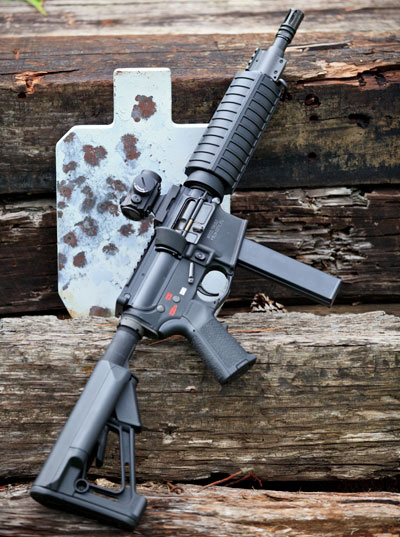
My only concern with the setup was whether it would function, you just never know what's going to happen when you starting swapping out major components on a firearm. It turns out I had nothing to worry about—using magazines from both Rock River and C Products, the setup has been 100 percent reliable. When shooting basic speed and transition drills on steel with the 9mm, you get the same handling characteristics, the same trigger break, the same controls, and the same positive instant recognition when you hit the target as you would with a rifle-caliber carbine or rifle. What you don't get is the same noise, muzzle blast, and bullet splatter risk that comes with shooting 5.56 NATO at close range. Shooting an unsuppressed 5.56 NATO can leave you with a headache after a long range session, especially if you're shooting indoors, or in confined spaces such as next to barricades. With the 9 mm carbine, there's very little concussion and the shooter can focus on the task at hand instead of creating a flinch every time the gun goes bang. I didn't get the chance to try a suppressor on the Rock River because the carbine's ½x36 threads don't line up with the threads on my 9mm suppressor, but will definitely give it a try when the adaptor arrives. My guess is that it will be very civilized to shoot, particularly with subsonic rounds.
So why not a rimfire? Rimfires are fantastic training tools and I wouldn't think of culling the .22s from my safe but, in this context, rimfires are a little too easy on the shooter. With the 9 mm, I feel some recoil, I can work to control some muzzle rise—with .22 LR, it's real easy to get sloppy with your technique because there's very little in the way of physics to control. Not to mention, when's the last time you saw 1,000 rounds of .22 LR on the shelf? When 9 mm got hard to find, I cranked out training ammo on my Dillon; good luck making your own rimfire. The 9 mm carbine also has a legitimate role as home defense tool, especially with the increased velocity of the longer the handgun length barrel; the .22 LR is a defensive caliber of last resort. It's worth noting that using a 9 mm carbine doesn't mitigate the risk of over-penetration in a home setting, though; subgun rounds often penetrate deeper in things like drywall than high velocity 5.56 NATO projectiles.
The next time you see news of a special operations team taking out a terrorist target in some filthy corner of the world, they won't be doing it with MP-5s and S&W model 66s, but that doesn't mean there aren't viable uses for those firearms. 9mm carbines are fantastic training tools, especially when used to augment practice with full-power rifle ammunition. Less-expensive ammo, decreased muzzle blast, and decreased risk of fragmentation make seemingly-obsolete 9mm carbines a good buy. It's not the latest and greatest thing on the block but it will do something that lots of sexy new products won't: help you get better at hitting your target.












